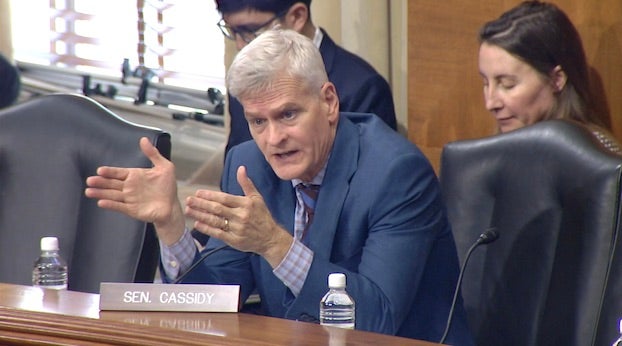The center has been conducting its domestic violence study for 21 years and Louisiana’s rate of men killing women has remained consistently well above the national average, according to a report in The Advocate.
Mariah Wineski, executive director of the Louisiana Coalition Against Domestic Violence, said those numbers don’t include men killed by men, women killed by women and multiple offender and victim situations. Melanie Fields, chief domestic violence prosecutor in East Baton Rouge Parish, said men, Hispanics, the LGBTQ community and the wealthy underreport violence.
Domestic violence is defined as physical and sexual assault or other abusive behavior. However, it could also be threats, emotional and psychological abuse and the controlling of a partner’s finances. Experts believe there is also a public misconception of what abuse looks like.
Madeline Robertson of the Governor’s Office on Women’s Policy said some forms of domestic violence go unreported because they are not recognized as abuse.
District Attorney Hillar Moore III of East Baton Rouge Parish, said, “We’re trying to get a idea of how much is actually domestic violence-related.”
Moore talked about a major problem in dealing with domestic violence cases. His office estimates it receives dismissal requests for approximately 80 percent of domestic violence cases. He said many victims are either coerced into dropping the charges or are terrified of retaliation.
The district attorney’s office has a policy that requires any victim dropping charges to meet confidentially with a victim assistant coordinator behind closed doors to talk about the dismissal. In some cases there is enough evidence of abuse that victims don’t have to testify personally and face to face against their abusers.
Moore said domestic violence is both caused and compounded by the multitude of other problems the state faces. He mentioned the state’s poor rankings on education, poverty, racial issues and health care.
Education is the answer. Those involved in dealing with domestic violence should pool their knowledge and resources in order to come up with a successful program to curb this menace to our social fabric.






